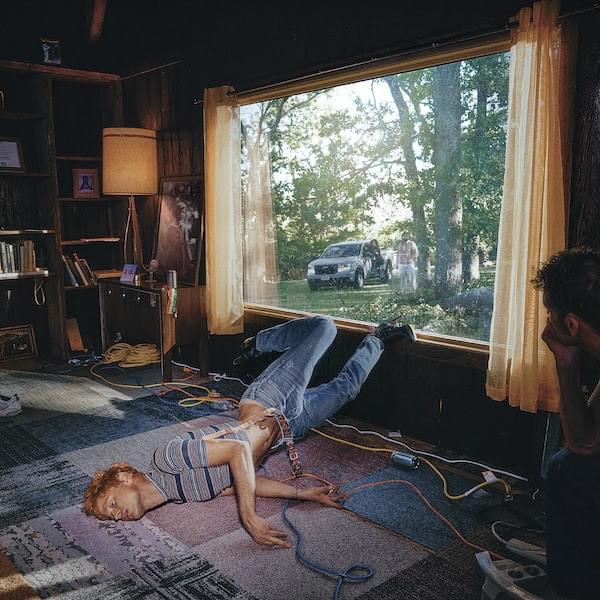"10"

Supersilent have roots in jazz, but to call them a jazz trio would be misleading. Their music sounds very little like what a layman might understand by ‘jazz’, the raucous, energetic form of music which disgusted classical snobs and appealed to the sort of audience who now favour Lady Gaga and Lil Wayne. They make music filtered through the ideas and aesthetic of some of the twentieth century’s avant-garde composers: there are traces of Webern’s chill experiments in their music, and echoes of Stockhausen’s ‘Kontakte’ in their use of disconcerting, inhuman electronic noise. And yet one couldn’t say they make classical music either, given their love of improvisation and shunning of conceptual baggage. Perhaps, then, they make experimental pop music? Critics have nodded in the direction of leftfield electronica and Brian Eno’s later ambient works, but again, Supersilent are not so easy to pigeon-hole: Eno’s careful precision and the obsession with repetition characteristic of much electronica are absent throughout 10.
The band’s resistance to easy categorisation indicates one of their strengths. They are unafraid of cross-fertilisation, eager to take disparate ideas, sounds and instruments and play around with them until something exciting occurs. One of the joys of 10 is hearing the manner in which Ståle Storløkke’s grand piano – clear, precise, decisive – interacts with the sickly electronic noises the band produce, and indeed with Arve Henriksen’s contrastingly breathy, wispy trumpet-playing. The interplay of these different sounds frequently results in something wonderful, as on the fascinating short pieces ’10.7′ and, especially, ’10.4′, during which Storløkke and Henrickson haltingly stagger forwards together, cautiously feeling their way towards something beautiful. The electronic sounds the band make do not exist simply to add a little extra colour to proceedings, or as a nod to pop music fashions: they are integral to the trio’s music. ’10.5′, for example, puts the electronic noises centre stage. It’s a creepy track which buzzes, clacks and crackles like an insectoid alien trying to communicate with us fleshy humans; chilling but interesting, it works well as a strange, unexpected detour between the prettier ’10.4′ and the warm, reflective ’10.6′.
Two years ago, long-time drummer Jarle Vespestad left the band, but even his absence on 10 is turned into a strength. The band now pursue a sound which would be spoilt by the addition of drums: with the exception of the electronics-dominated pieces, the album exhibits a patience and tranquillity which the talented Vespestad could only have lessened. Adding drums to many of the tracks on 10 would be a bit like throwing boulders into a perfectly still lake, which is testament to the band’s ability to adapt their sound and absorb new ideas. These qualities have helped make their new album one of the strongest experimental records of the year.
Get the Best Fit take on the week in music direct to your inbox every Friday

Great Grandpa
Patience, Moonbeam

Deafheaven
Lonely People With Power

Perfume Genius
Glory






